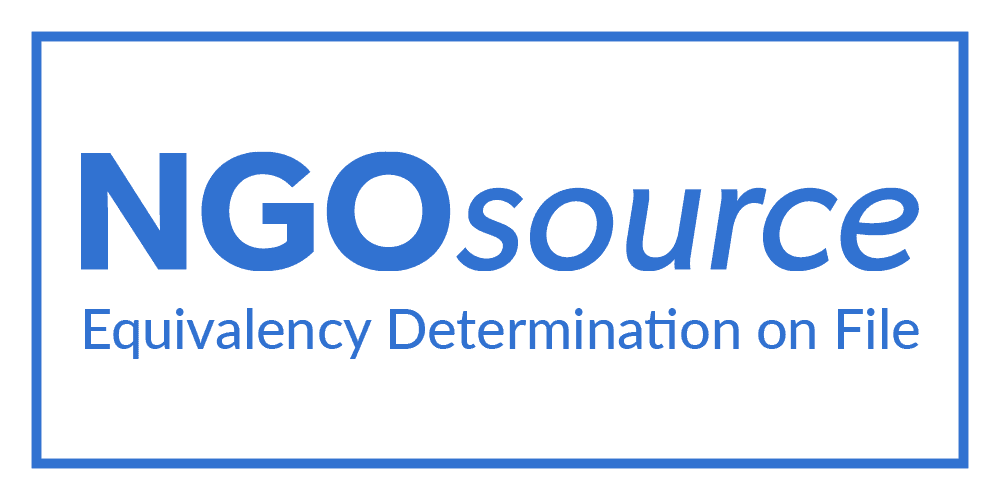Inclusive AML-CFT models in Africa: Lessons from six financial service providers
Inclusive AML-CFT models in Africa: Lessons from six financial service providers
20 November, 2020 •This study set out to develop and apply inclusive compliance models in anti-money laundering and combatting the financing of terrorism (AML-CFT) to assist country and institutional stakeholders in achieving inclusive integrity outcomes.
An inclusive compliance model is a compliance approach that minimises the cost of compliance while still adequately managing risks of money laundering and financing of terrorism (ML-FT). Thus, inclusive compliance models enable financial institutions to proportionately allocate resources in a way that advances financial inclusion and drives implementation of risk-based approaches. Developing an inclusive compliance model requires an understanding of the cost of compliance together with the risk of the customer. Little has been published around how companies approach compliance with AML-CFT and the related costs and risk profiles of customers in Africa.
The research team worked with six institutions in three countries (Ghana, Kenya and Mozambique) to understand their cost of compliance related to ML-FT, compared to the risk profile of their customers. This involved specifying a “base-case” model to calculate the current cost of compliance across a number of cost drivers. The base case was then compared to different potentially viable alternatives to current AML-CFT practices to reduce costs while still driving compliance and inclusion.
Some of our key findings include that national risk-based approaches to AML-CFT are still rules-bound, the client ML-TF risk classification and risk mitigation are underdeveloped, and that cost of compliance with AML-CFT obligations constitute a sizeable proportion of operating expenditure.
After hosting the stakeholder engagements, we suggest two key actions that need to take place in order to shift the AML-CFT practices. The first is that AML-CFT regimes should be centred on outcomes based on a deeper understanding of risk, rather than inputs such as documentation. The second is the use of inclusive compliance models to manage risk and achieve inclusive integrity objectives. This can be achieved by improving risk assessment frameworks, developing a better understanding of the cost of AML-CFT activities to ensure a proportional response.
This work forms part of the Risk, Remittances and Integrity programme, a partnership between FSD Africa and Cenfri.




